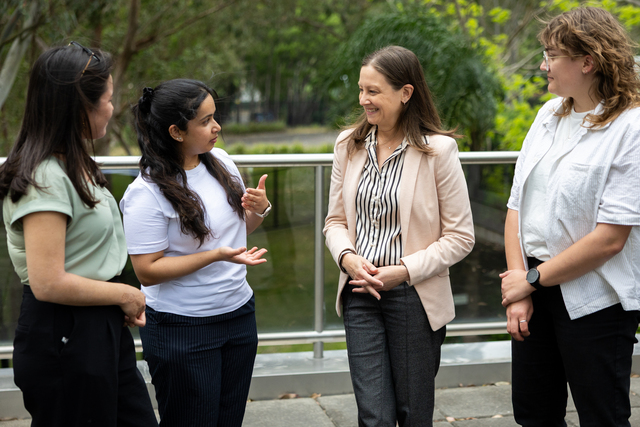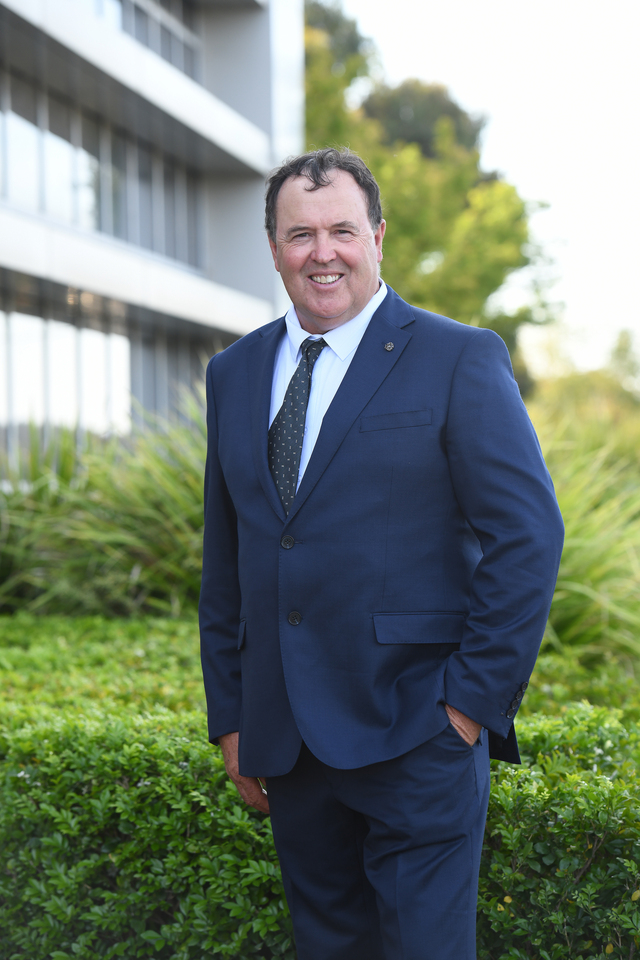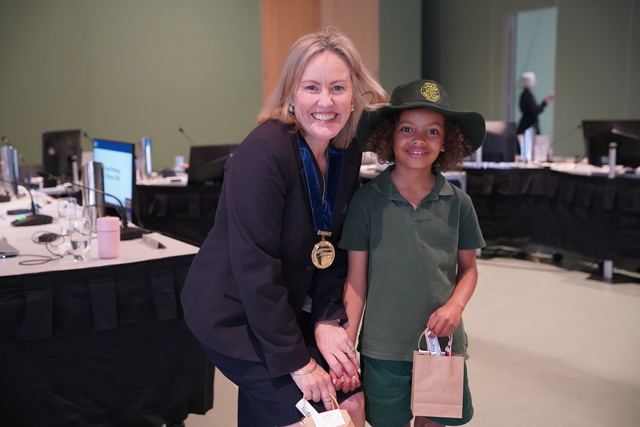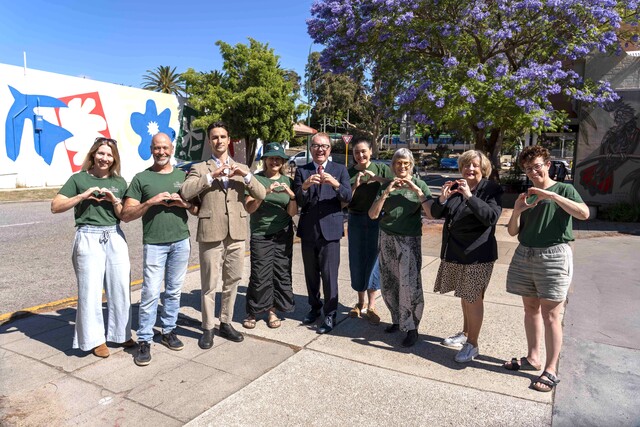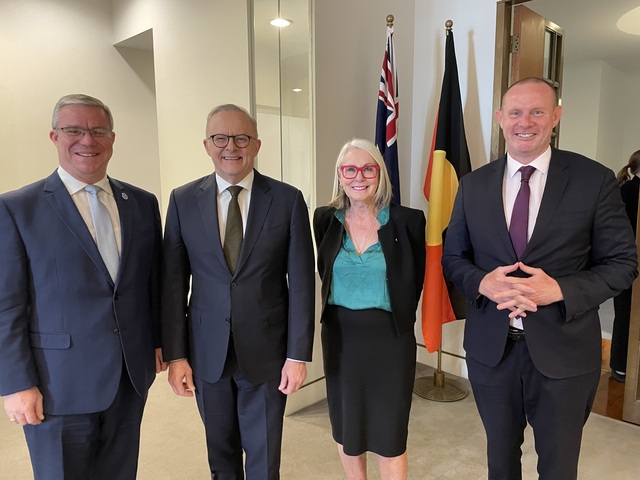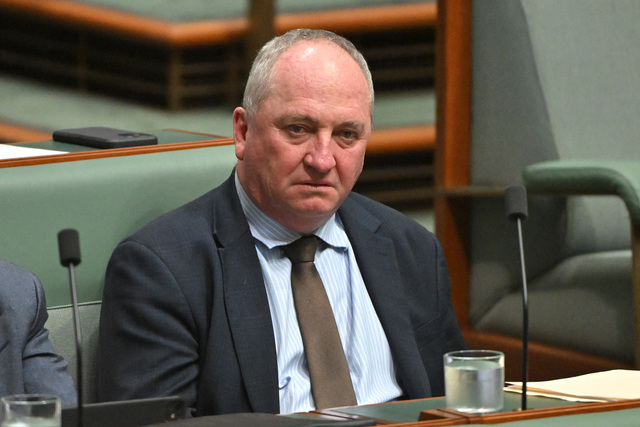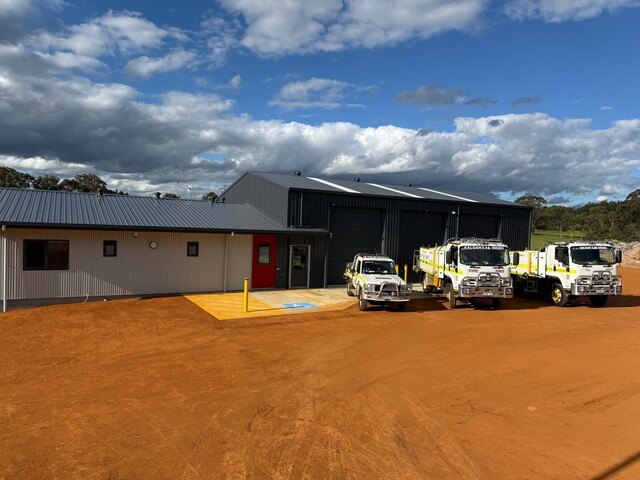In the last edition of FOCUS, we criticised the Victorian Government’s sacking of Darebin City Council. Following an Inquiry into the Council, in June the Minister suspended the elected Councillors and replaced them with an Administrator.
Despite the Inquiry finding the Council had no case to answer, the Minister decided democracy had no further place in the City of Darebin.
Relations between Local Government and the Victorian Government have been shaky for some time. The superannuation black hole (see page 1) is no exception. Local Government is arguing that, due to State policies of amalgamations and Compulsory Competitive Tendering, resulting in extensive redundancies, the Government must take some responsibility for this blow out.
In response, the State has simply handed the problem over to Councils and ratepayers to sort out. This is yet another example of rocky intergovernmental relations and what can result when a State Government usurps full control of the Local Government reform agenda.
Turning southward, rumblings in Tasmania indicate that this State Government may also be tempted to venture down the same path as Victoria by threatening to remove elected Councillors from the reform process that is currently under way.
Just a few years since its last major amalgamation process, where Local Government was involved throughout, the Local Government Association of Tasmania (LGAT) has criticised the fact that all recent requests to the State Government, to specify what is actually wrong with Local Government that this current round of reform is trying to address, has been met with silence.
Threats by the Government that Councillors will be replaced by Commissioners, if they do not toe the line, has certainly not endeared Tasmanian Councils to the reform process.
LGAT has accused the Government of using Local Government as a political scapegoat for the poor performance of the Tasmanian economy.
The answer to this intergovernmental bickering is simple. State legislative ‘muscle’ has never been, and never will be, a satisfactory substitute for the spheres of government working in a real and open partnership for the betterment of their joint constituents.
In contrast, the model used by South Australia (see page 1) has provided a blueprint for Local Government and State Government working in partnership to achieve change.
How far the South Australian Government will pursue further amalgamations to reach its 50 percent target remains to be seen. It would appear that if local communities reject a merger proposal, it will not proceed. However, if Councils take a stand and refuse to discuss options and the possible benefits with their community, then the Local Government Reform Board is well within its rights to be asking ‘why this is the case?’.
A real partnership in a reform agenda demands a two way process of give and take. Councils standing hard and fast, leave themselves open to the same criticism of inflexibility that is currently being levelled at the Victorian and Tasmanian Governments.



